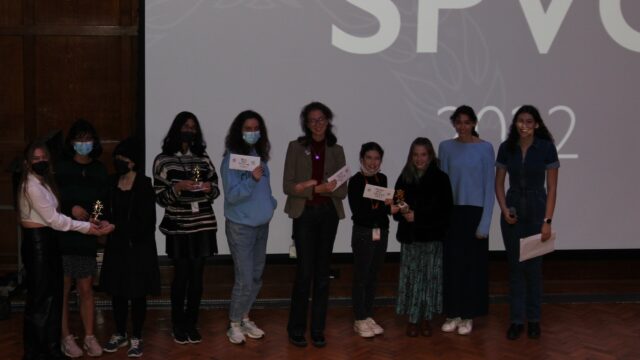History of Art
Art history can open your eyes to a lifetime of informed and critical engagement with art and architecture and their role in the definition and meaning of culture.
What we study
A Level History of Art is all about breadth of knowledge and the skills of visual analysis. The latter is taught through exploring painting, sculpture, and architecture from the western tradition of the ancient Greeks to the present day. The rest of the course is constructed around the four units of the examination through which we explore the central art historical questions of how, what, why that subject, who for and what did it mean? Two thematic courses explore ‘nature’ and ‘identity’. These open-ended themes require the student to look beyond the western canon and cut across time and place exploring each theme under specialist headings. ‘Why do we look at animals?’ and ‘How do we interpret the Divine?’ are just two of the multiple paths to be explored. The other two units involve close historical period work on 1420-1520 in Florence, Rome and Venice and 1900-1939 in Europe. The nature of the visual arts, the conditions in which the work is made and seen, the meanings and debates drawn from the work and the differences in the way that art history is written about in two such disparate periods ensures a challenging course.
Beyond the curriculum
Our Art Detectives Club, new in 2016, is a wonderful outreach project that introduces history of art through paintings at the National Gallery with a group of keen Year 6 students. A group of around 12 Paulinas from the VI and VII work once a week with them at lunchtime.
Since 2010, the school has been taking part in the heats of the Articulation Prize London, a rapidly growing national competition where participants present for ten minutes on a single work of art. The overall winner in 2014, when the competition was televised, was a Paulina. Although only one student can go through to the heat, all students in the VII and VIII are invited to prepare a topic. Paulinas have also contributed to the Spoke Prize, an art documentary competition.
It is likely that study will be supported by a school trip; most recently we have travelled to Florence and Venice.
Where it might lead
In the past four years Paulinas have studied art history at a number of leading UK and US universities, including Cambridge, Columbia, The Courtauld, Edinburgh, Oxford, St Andrews, Stanford, UCL and UPenn.
Currently Old Paulinas hold leading curatorial positions at the Barbican, the Fitzwilliam Museum, the Tate and The National Gallery and teaching at The Courtauld Institute and Cambridge; some have been at the cutting edge of contemporary art markets such as the White Cube Gallery. Dr Victoria Avery was largely responsible for attributing a pair of bronze sculptures to Michelangelo which made a huge splash in the media.

Qualification
A level
Board
Pearson
Mode of Assessment
100% examinations







